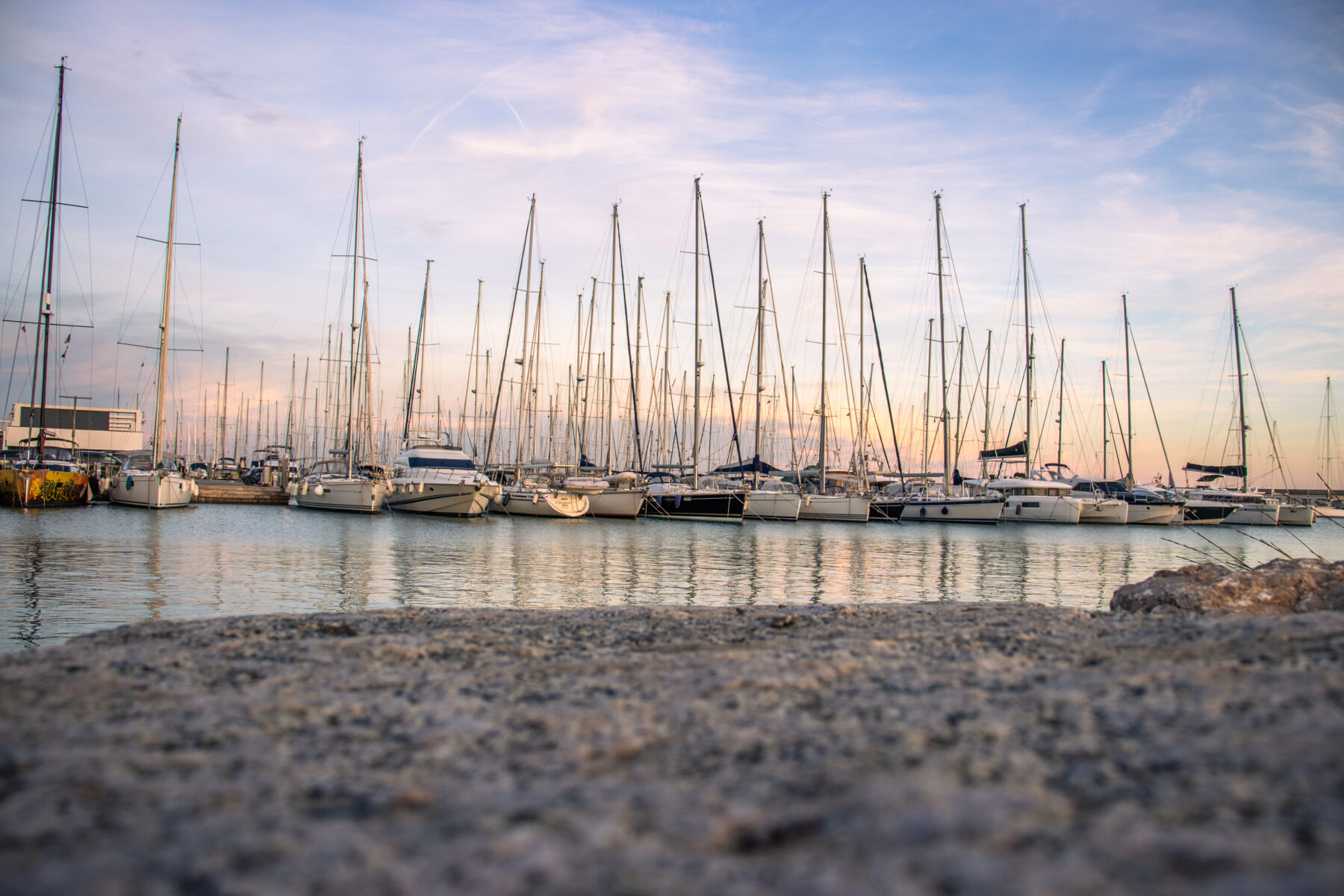Marine Docks and Ferry Terminals: Why Aggregate Quality Matters
November 11, 2025

Coastal infrastructure carries a level of expectation that leaves little room for compromise. Constant exposure to saltwater, heavy vessel movement, and relentless weather patterns all demand materials that not only perform but endure. In this environment, the quality of the aggregate used in marine docks and ferry terminals defines how well the structure holds its ground. The proper blend of stone, sand, and gravel safeguards a project’s longevity.
Building Against the Elements
Marine environments test every layer of a build. Each wave, tide shift, and freeze-thaw cycle challenges the strength of the materials below. High-quality aggregates form the first line of defense. Their density and stability reinforce concrete and asphalt mixes, helping resist the intrusion of saltwater and moisture that can break down weaker materials from within. When aggregate is inconsistent or poorly graded, that protection fades, leaving the surface vulnerable to cracking, scaling, and structural wear.
This is about withstanding the elements continuously. Aggregates with high durability and low absorption rates keep water and air from compromising the internal structure. That strength extends the service life of marine docks and terminals, all while reducing the maintenance demands over time.
Strength in Shape and Composition
Every aggregate particle contributes to the overall integrity of the build. Angular crushed stone, with its interlocking edges, forms a compact, stable foundation capable of supporting heavy loads and resisting displacement under constant movement. Rounded materials, while easier to handle, do not create the same cohesion and leave small gaps that weaken compaction and stability.
Composition is just as important as shape. Aggregates with balanced mineral content and consistent grading ensure even weight distribution, preventing settlement or shifting beneath ferry traffic and loading equipment. The result is a stable structure that absorbs stress rather than transmitting it.
Defending Against Saltwater Corrosion
Saltwater is both the lifeblood and the biggest threat to marine construction. Over time, it penetrates porous materials, accelerating chemical reactions that weaken concrete and cause visible surface degradation. Using aggregates that are clean, non-reactive, and low in permeability is key to reducing this risk. They block salt infiltration at the foundation level, preventing corrosion before it begins. When the base material resists salt damage, protective coatings and sealants adhere more effectively. The entire system delivers improved performance and durability.
Reinforcing Stability and Safety
Marine terminals bear constant impact. The arrival and departure of ferries, the loading of vehicles, and the shifting of cargo all exert force on the surface. High-quality aggregates create a uniform base that distributes that weight evenly, preventing localized failure or cracking under stress. This structural reliability directly supports operational safety. Smooth transitions, solid surfaces, and predictable performance are critical not only for efficiency, but also for reducing downtime and repair costs. When aggregates meet stringent specifications, the entire facility benefits from consistent, dependable strength.
Consequently, selecting the proper aggregates for marine applications consists of focusing on measurable qualities like hardness, cleanliness, gradation, and resistance to abrasion.
Marine docks and ferry terminals connect communities, industries, and economies. Ensuring they remain strong through every tide begins with choosing aggregates that can withstand the environment they serve. In coastal construction, quality is the foundation that holds everything else together.

